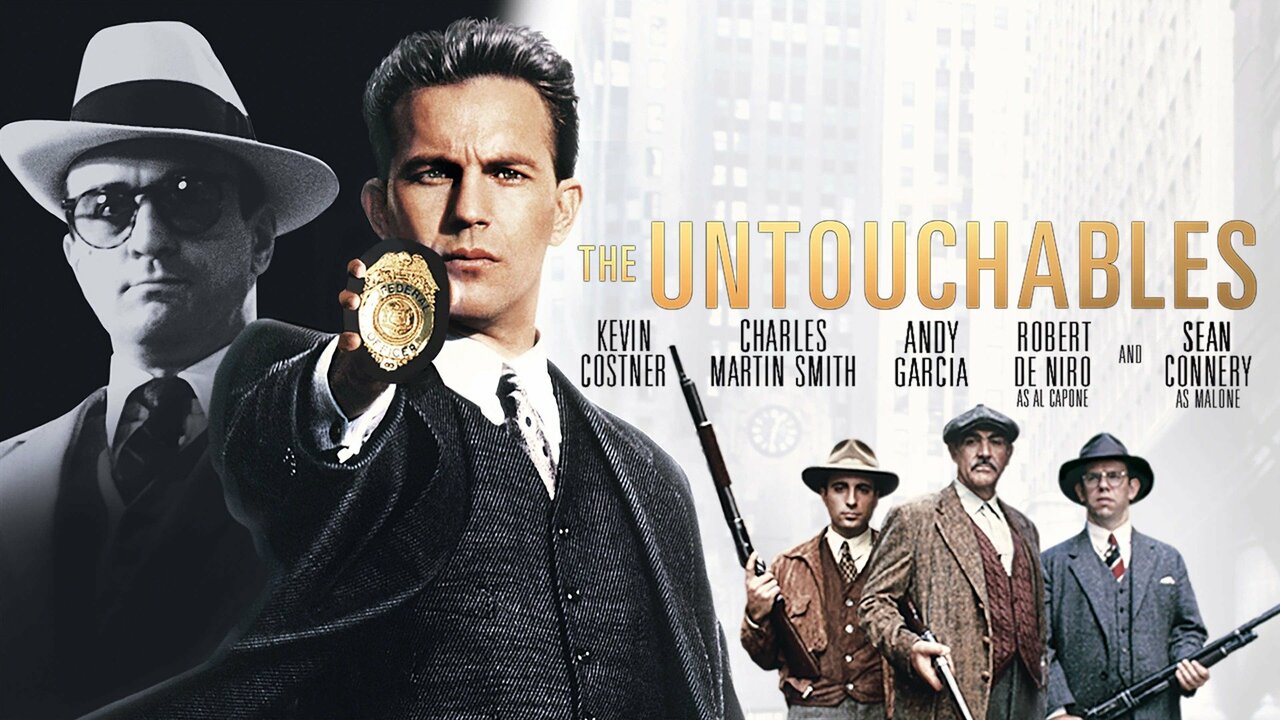High Art (1998): A Seductive Exploration of Love, Art, and Addiction
High Art (1998) is an intimate, slow-burning indie drama that explores the complex intersections between desire, creativity, and self-destruction. Written and directed by Lisa Cholodenko in her breakout debut, the film helped redefine queer cinema in the late 1990s with its bold portrayal of a lesbian relationship and the complicated dynamics within the world of high-end photography. With subtle yet powerful performances by Ally Sheedy and Radha Mitchell, High Art is both a love story and a study of ambition, identity, and the hidden costs of artistic brilliance.
The story centers on Syd (Radha Mitchell), a young and ambitious assistant editor at a prestigious photography magazine in New York. Living with her boyfriend in a generic apartment, Syd’s life seems orderly and predictable—until a leak in her ceiling leads her to the apartment above, where she meets Lucy Berliner (Ally Sheedy), a once-famous photographer who has retreated from the art world. Lucy lives in a bohemian haze, surrounded by her drug-using friends and her German girlfriend Greta (Patricia Clarkson), a former Fassbinder actress. From the moment Syd enters Lucy’s orbit, she is drawn into a world of danger, allure, and intense emotional and artistic connection.

As Syd encourages Lucy to submit her work for the magazine, a relationship begins to develop between them that blurs the boundaries between professional admiration, artistic collaboration, and romantic intimacy. Their chemistry unfolds slowly and naturally, as Syd grapples with her feelings and Lucy navigates the tension between artistic reawakening and personal decay. What begins as fascination turns into obsession—both creatively and emotionally—leading to a series of choices that will profoundly impact both women’s lives.
Ally Sheedy gives a career-defining performance as Lucy, portraying a woman torn between her past fame, current addictions, and the possibility of redemption. Her performance is raw, layered, and magnetic—earning her the Best Actress award at the 1998 Sundance Film Festival. Radha Mitchell, in her first major U.S. role, brings quiet strength and emotional vulnerability to Syd, making her character’s inner transformation believable and compelling.

Cholodenko’s direction is measured and atmospheric, capturing both the grit and seduction of the downtown New York art scene. She avoids melodrama, instead focusing on character nuance and emotional detail. The cinematography, by Tami Reiker, is beautifully moody, using soft light and shadow to reflect the inner landscapes of the characters. The film’s pacing is deliberate, allowing the emotional tension to build gradually, much like the photographs Lucy creates—haunting, provocative, and open to interpretation.
High Art is more than a romance; it’s an exploration of what people are willing to sacrifice for love, recognition, and artistic truth. It challenges traditional narratives by presenting a queer relationship without sensationalism, focusing instead on authenticity, longing, and the painful beauty of impermanence. Over two decades since its release, High Art remains a landmark in queer indie cinema—quiet, devastating, and unforgettable.


